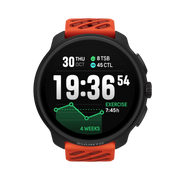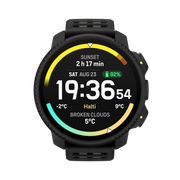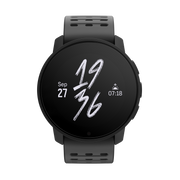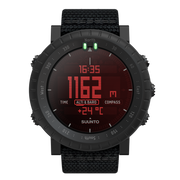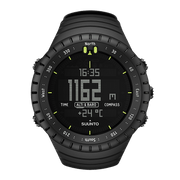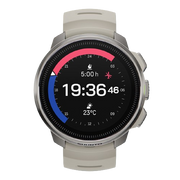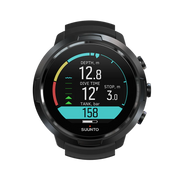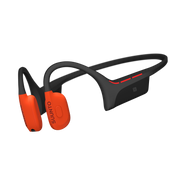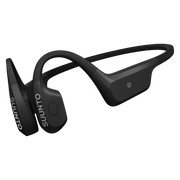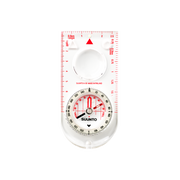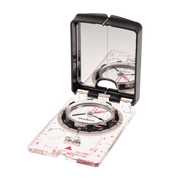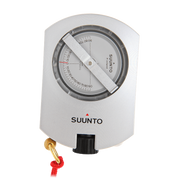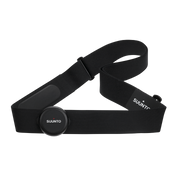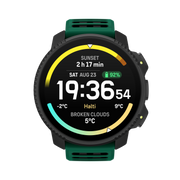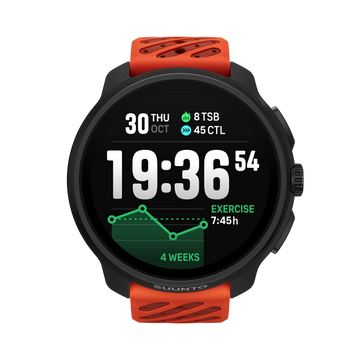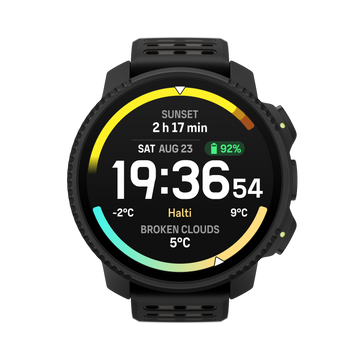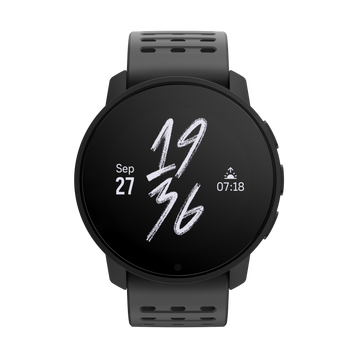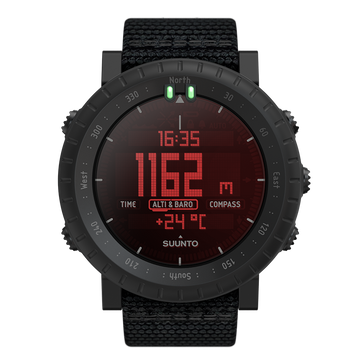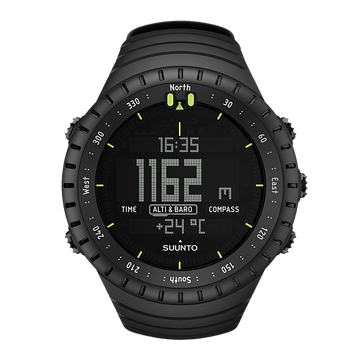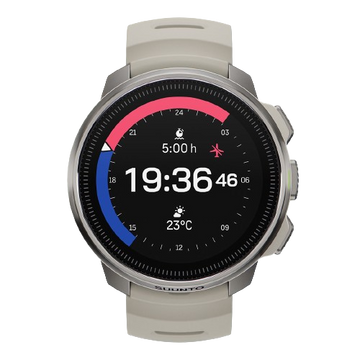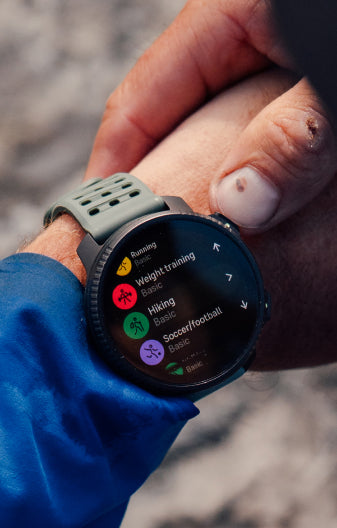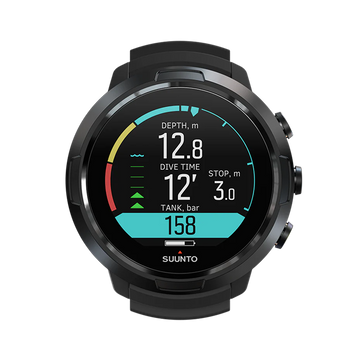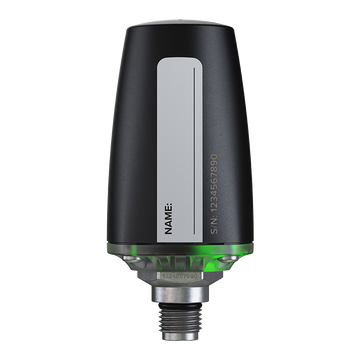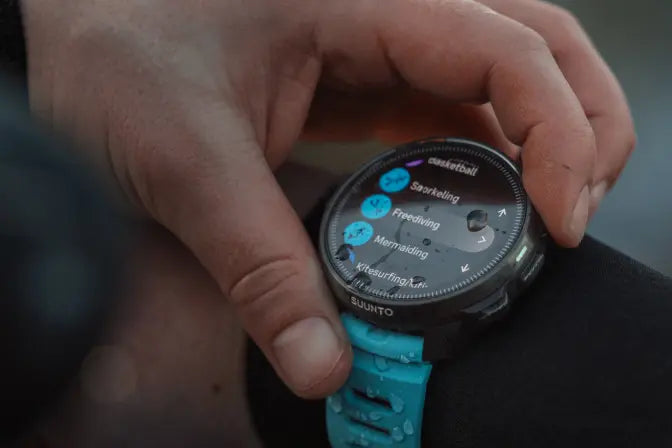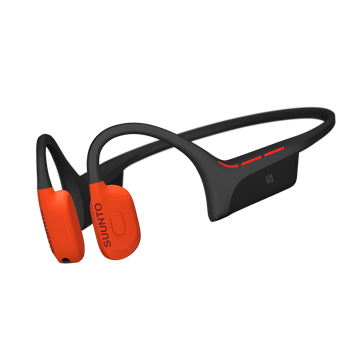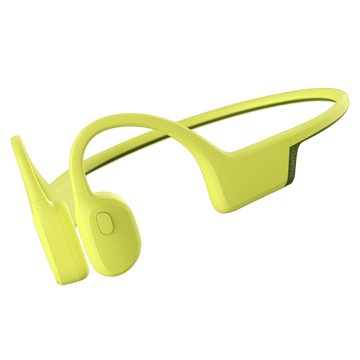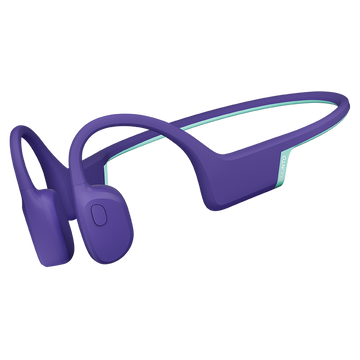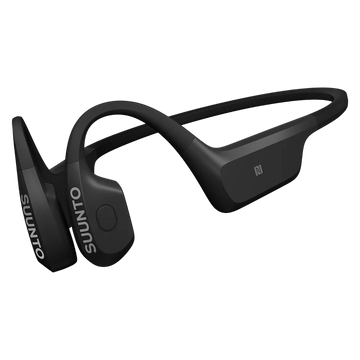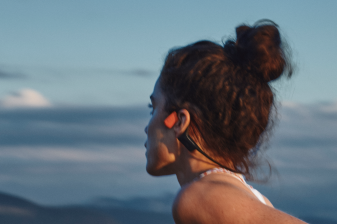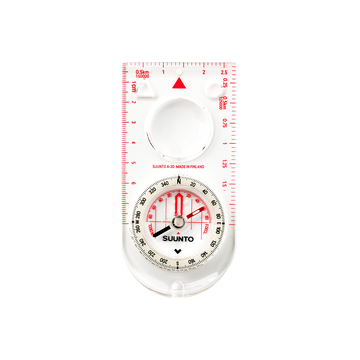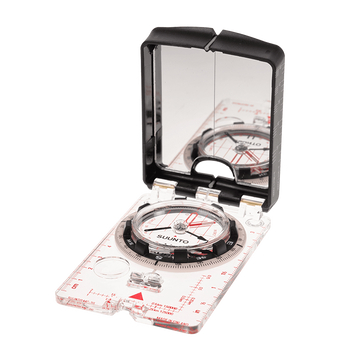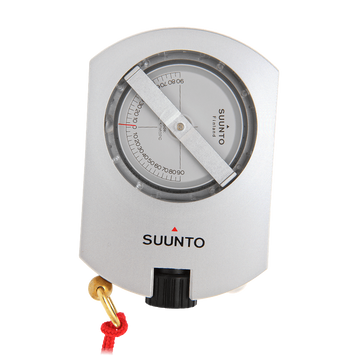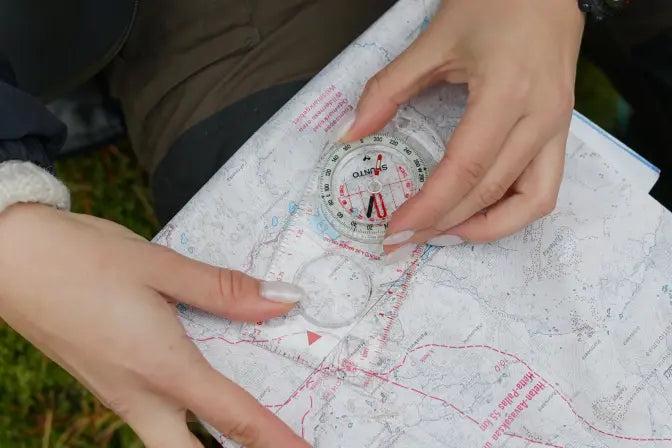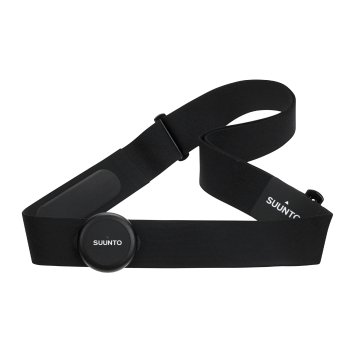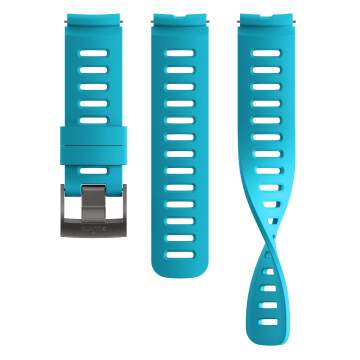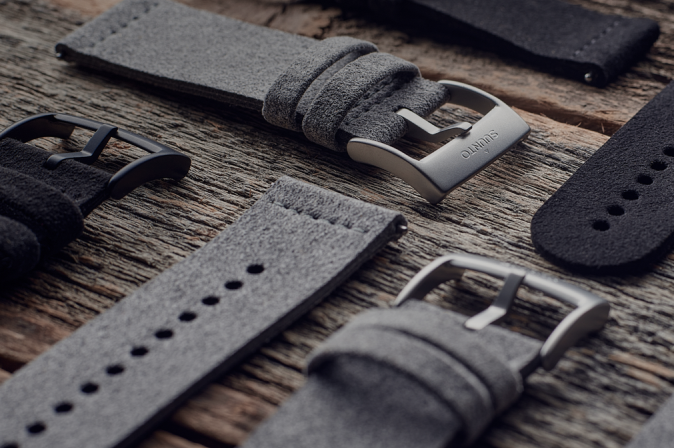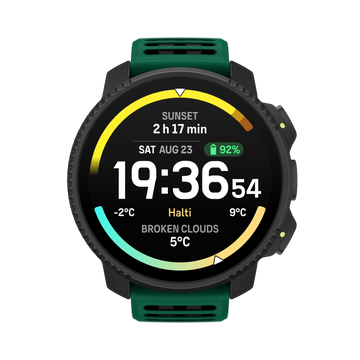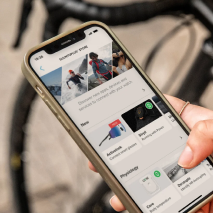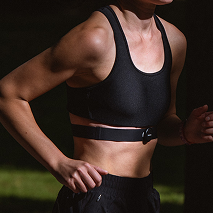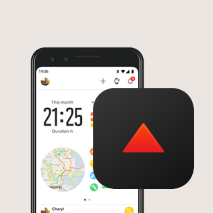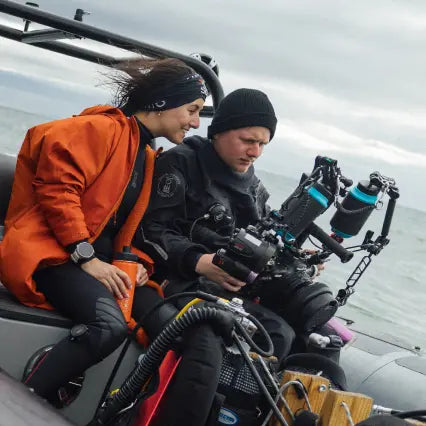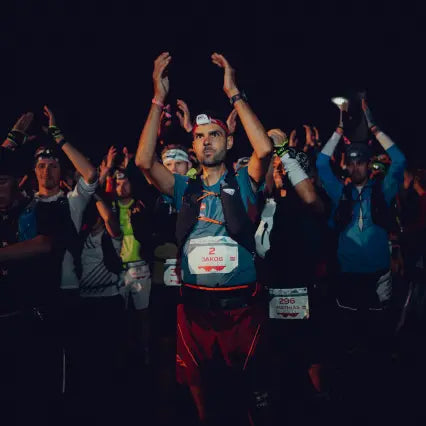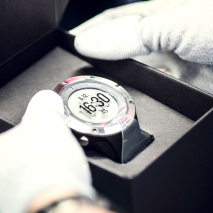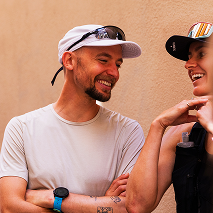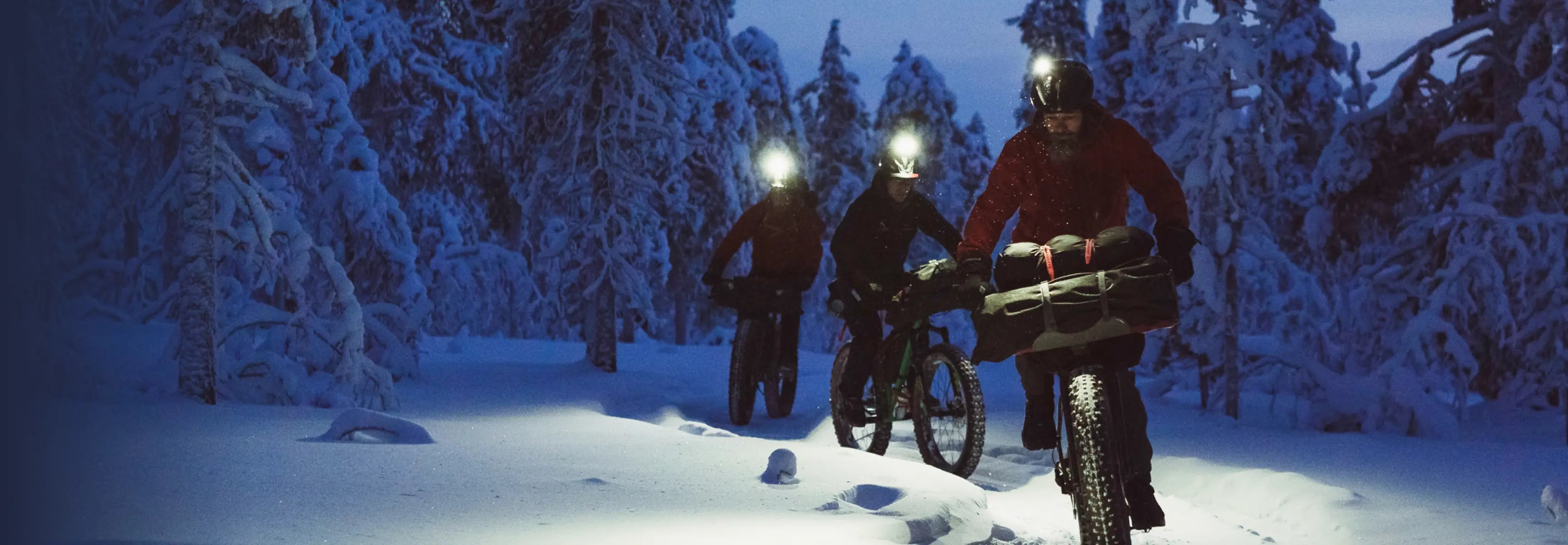
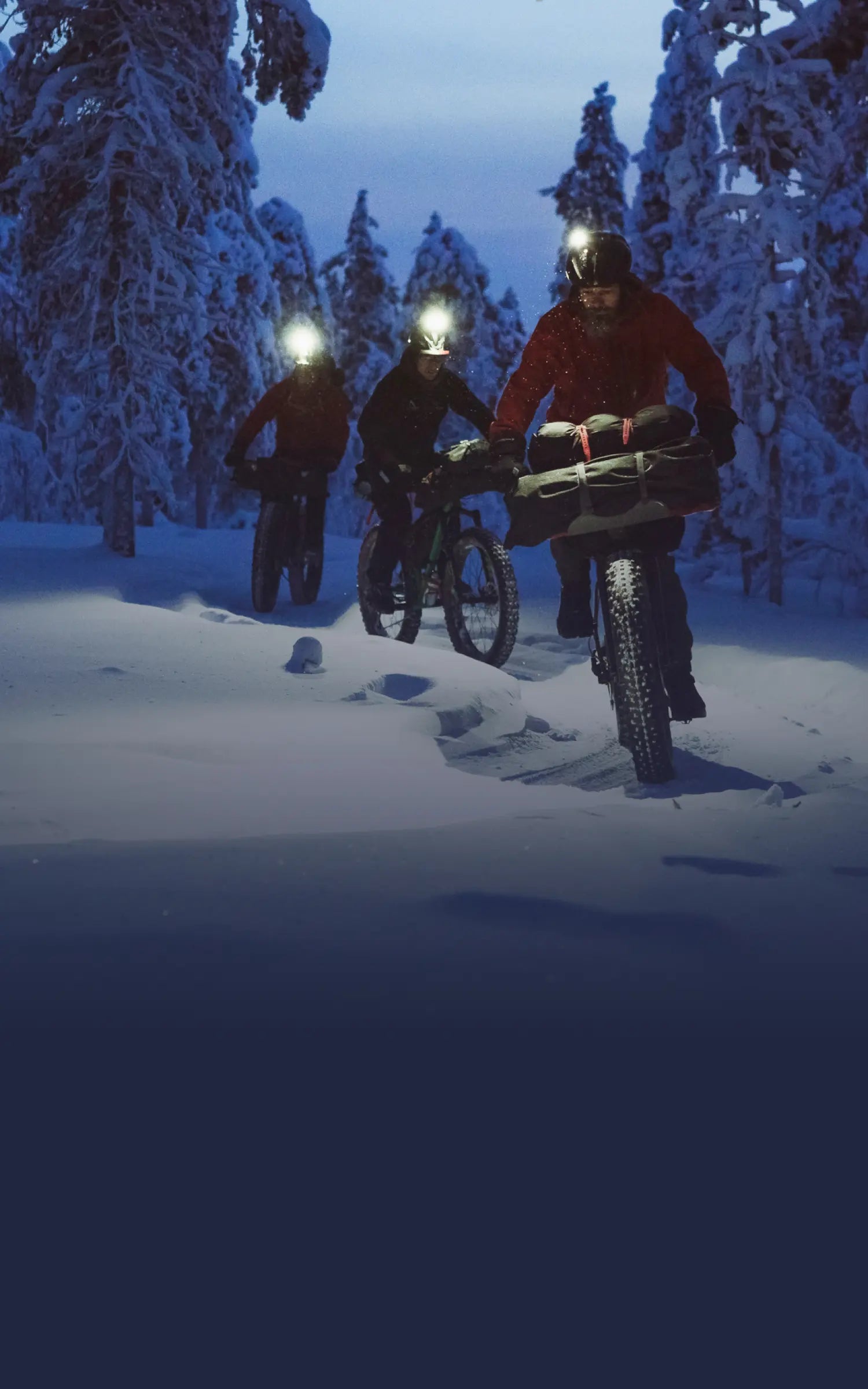
Suunto Blog

How to stay warm this winter
Understand there’s no magic solution
Breathable, waterproof, windproof – remember there’s no magic gear solution that works for everything. It’s possible to go cross-country skiing in -15ºC in just a base layer and shell. Wear that while ice climbing and you’ll start turning blue pretty quickly. Equally, you may need all the layers you can wear in +5ºC if it’s wet and windy. Remember there are always compromises – and you’ll never get it totally right.
Greg Hill pushes through an icy day. © Bruno Long
Experiment with what works
No two people are the same – a big guy with a lot of mass may be quite happy in little more than a t-shirt while if you have the figure of an ironman athlete, you may need an insulated jacket and mittens to enjoy the same level of warmth. Experiment between synthetic and wool base layers. If you’re a copious sweater, you may lean towards the former. If you need the warmth, go for wool.
Bring spares - of everything!
There’s nothing better after a strenuous hike to a summit peak than ripping off a sweat-soaked base layer and putting on a fresh one. OK, the stripping-off part is not so fun – especially if it’s windy! – but we promise it’s worth it. On longer days, taking your boots off and swopping socks will also make your smiles last longer. Change your gloves regularly, see below…
© Bruno Long
How many gloves is ok?
How many pairs of heels is it ok for a girl to have – probably not as many as the number of gloves it’s ok for the winter sports athlete to have. Have a look in any winter climber’s closet and you will find dozens and dozens of pairs. Take two to three with you on the hill. Cheap fleece gloves are awesome for when you’re moving and in between technical sections. Switch gloves between stages, depending on your activity. Keep the spare pair inside your jacket to keep warm. Still have cold hands? See #6 & #7.
Dress for 15 minutes into your activity
Remember that overheating and sweat in particular is the #1 enemy. The best way to chill a bottle of white wine is to stick it in a bucket of iced water and let the breeze do the rest. Dress for how you’ll be in 15 minutes time not how you’ll start. Better to begin a bit chilled and then warm up, than start pouring with sweat after a few minutes and have to stop and shed layers.
Put a hat (or anything) on
Since scientists debunked the myth that 70% of your body heat is lost through your head, the old adage that ‘if you’ve got cold hands you should put a hat on’ seems out of date. But it’s still a valid reminder that you should think ‘big picture’ when it comes to cold hands. Hands and feet get cold because the rest of your body’s cold; so putting on a warm layer, wearing a hat and pulling up your hood is still a case of old school is best. Remember also there’s no magic pair of gloves out there.
Cure your cold hands for good!
Always get cold hands or feet? If you’ve suffered from a cold weather injury (such as frostnip) chances are you’ll battle cold hands the next time the mercury drops, but contrary to conventional wisdom, there is something you can do about it (provided it’s not something else like Raynaud’s disease, in which case check with your physician). Doctors at Britain’s Institute of Naval Medicine discovered that rewarming your hands or feet in a warm bath over a course of several weeks can completely reverse the effects of a cold weather injury. Fill a foot bath with water at 40ºC, have a slug of your favorite tipple (alcohol opens up the blood vessels) then soak your feet or hands for 20 minutes. Repeat every night for several weeks.
MAIN IMAGE: © Bruno Long

Performing your best with vertical speed
The new Suunto Ambit3 Vertical was designed for athletes who travel light and fast up tough ascents. Here’s how the watch’s vertical speed mode can help you rise to the top!
While road runners focus on pace – minutes per km or mile – mountain athletes like champion trail runner and ski mountaineer Kilian Jornet keep a close eye on their vertical speed.
VIDEO: Kilian Jornet and Remi Bonnet were 1st and 2nd at the first Ski Mountaineering World Cup of the season in Andorra.
“I use vertical speed in my everyday training to calculate an average of how long it will take me to do an ascent, or to know if I’m going faster or slower than average during a familiar ascent,” says Killian. “In a vertical kilometer running race, my vertical speed is around 2000m/h and in a vertical kilometer skimo race it’s about 1700 to 1800m/h.”
"It’s comparable to running pace on a flat surface"
Those are both vertical speeds that few can match. However, Suunto’s Ambit family product manager Markus Kemetter says many people are interested in using vertical speed as a tool to improve their performance.
“It’s a really useful performance indicator because it’s a direct measurement of how fast you’re going uphill,” Markus says. “Basically, it’s comparable to running pace on a flat surface, but vertical speed takes into account only the altitude as a means of measurement.
“The new Ambit3 Vertical calculates meters or feet the user is ascending per minute and it makes this measurement with a pressure sensor, rather than GPS, because it provides the most accurate altitude reading."
“GPS is good over longer distances, but is less accurate for measuring shorter, faster ascents.”
Vertical speed can be added to selected sports modes in Suunto App. Vertical speed is under the Altitude section in the Display Screen options.
Markus says trail runners and ski mountaineers often use vertical speed alongside the lap function in their watch for interval training and so they can analyze their performance later.
“Press the lap button at the start of your ascent and then again at the end of the ascent and then after you’ve uploaded that move you can isolate each lap on the graph to see the vertical speed. Below the graph, you can also see your average vertical speed, your maximum vertical speed and your minimum speed, which is useful for checking your downhill speed. You can use this information as a guide or as something to beat during your next training session.”
Learn more about Suunto Ambit3 Vertical

Win a Suunto Ambit3 Vertical in World Vertical Week’s photo contest
World Vertical Week started today! Share a photo showing your World Vertical Week spirit on Instagram or Facebook between February 15–21, 2016 and tag the photo with #VerticalWeek for a chance to win a Suunto Ambit3 Vertical watch.
The three most inspiring photos will be chosen as winners.
During World Vertical Week every move will add to your country’s totals and soon we’ll find out where in the world people push uphill the most. Track your adventures with your Suunto watch. Every move and every sport counts.
The only thing you need to do to participate in the event is to make sure your country information in the settings is correct. After that your ascent will automatically be calculated in your home country’s total figure.
By the end of the week we’ll find out where in the world the real climbers live and can compare different sports, too. Have fun!
Read the terms and conditions of the photo contest
KIMBERLY, DAVID AND KYLE ARE THE VERTICAL WEEK PHOTO CONTEST WINNERS!
World Vertical Week was held last week and the hundreds of pictures tagged with #VerticalWeek give a wonderful look at what people were up to during the event. Thank you very much for participating and sharing the photos, everyone!
The three lucky photo contest winners are Kyle Conway, David Jeker and Kimberly Strom. Congratulations! They all will receive Suunto Ambit3 Vertical GPS watches for their inspiring images.
putting in some more hard miles before #gorge100k @briehemingway @ultracrazychris #teamultracrazy #trailfamily #trailrunning #trailporn #training #suuntoverticalcanada #verticalweek #epictrailrunning #teamtransalpine
A photo posted by Kyle Conway (@kc_lumberguy) on Feb 20, 2016 at 11:08pm PST
Kyle Conway shot his winning photo at his local Baden Powell Trail in North Vancouver, Canada.
“We ran about 30 km with about 1250 m of climbing, including two loops of the "Seymour Grind", a popular "climbing route" for trail runners,” Kyle tells about the day the photo was taken.
Over the Vertical Week Kyle climbed 4700 m.
“2016 has been a year with goals of improving my climbing, and Suunto's Vertical Week was a perfect opportunity to step things up.”
Dream big. #trailrunning #catogne #trailvsb #whatanadventure #waaultra #waateam #verticalweek #livingthedream #jesuisloup
A photo posted by David Jeker (@davidjeker) on Feb 17, 2016 at 8:11am PST
David Jeker used the Vertical Week as his last week of hard training before tapering for Transgrancanaria in early March.
“I ran nine times during the week, always near my place in Salvan, Switzerland. I kept the best training for the end and did some hill repeats on a very steep trail on Sunday. I ran up and down five times for a total of 2300 meters. Totals for the week were 122 km with 4350 meters of ascent.”
David’s photo was taken during a 33 km long run with 1350 meters of ascent.
“I had originally planned on doing an easy run down in the valley but when I saw that the snow had mostly melted higher up, I changed my plan. It was Vertical Week after all! I ran up to one of my favorite trails and took a picture of Catogne,” David says.
“I’m running a race (X-Alpine / Trail Verbier St-Bernard) this summer that goes up, down and around that mountain. Since I’ve registered for that race, the sight of this impressive mountain is always a great source of motivation!”
Finished the week with a big day, +2400m and plenty of sun. #verticalweek #suuntoski
A photo posted by @kimberly.strom on Feb 21, 2016 at 10:38pm PST
Kimberly Strom’s Vertical Week was a true multisport one: she ran in the Jura mountains, nordic skied, and had a big skimo day in the French Alps gaining a total ascent of about 5000 m for the week.
In Kimberly’s photo her friend Noémie leads their climb to Col de l'Encrenaz on the way to Mont Buet (3096 m), in the French Alps.
“The route allowed us a quiet morning, away from the busy ascent of Buet. With some extra skinning we earned the chance to be alone at the summit, arriving late in the afternoon after two long climbs (1300 m and 1100 m).”
Along the way they saw many small avalanches as the sun heated the snow, watched a huge ibex perched on an impossible ledge, took a break to sit protected from the wind and enjoyed the view, kick-turned up icy slopes, and struggled to break through the crusty, crème brûlée descent. When they arrived back at the bottom the towering peaks glowed pink.
“I can't think of a better day than spending all of it with friends in the mountains: working hard, feeling sun and wind burn, rewarded constantly with beauty, feeling accomplishment and the desire to go again.”
Kimberly uses Suunto Ambit3 Sport to track her moves.
“I never leave home without it. Track-back feature helps me find my way after some exploring!”
THE POWER OF MOUNTAINS
Where do you draw strength and solace amidst hardships, how do you turn fear into courage? Andy Earl, a Utah-based artist and adventurer shares his story and talks about his love for the mountains and how they have shaped his life.
Watch the short film now:
The Power of Mountains with Andy Earl
World Vertical Week 2016 Big Data
It was a race to the top! National and tribal pride was on the line as people around the world tried to prove their country or sport is king of the hill. World Vertical Week 2016 has closed and the stats are in so it's time to see who came out on top!
WHICH COUNTRY CLIMBS THE MOST?
Surely alpine nations have an unfair advantage? Mostly, yes, but not always. There were a couple of surprises! This visual shows the top 10 countries for average ascents in human powered outdoor activities.
Congratulations Switzerland, Austria and Slovenia!
WHO CLIMBS THE MOST?
Trail runners, cyclists and trekkers were humbled as – maybe unsuprisingly – ski touring and mountaineering led the highest average ascents. As a consolation, remember there would be very different results in summer!
Skiers climbed the most
NUMBER ONE CLIMBERS IN THE WORLD
The Swiss are on top again and nearly breaking the thousand-meter mark in both ski touring and mountaineering. The other two countries with two first places were more surprising: Colombia was on top in running and cycling and Hong Kong topped the chart in both trail running and trekking.
The toughest mountain goats come from the Switzerland.
TOP COUNTRIES IN DIFFERENT ACTIVITIES
And to give you even more to speculate here are the top five countries in the activities mentioned above.
Top 5 in ski touring
SWITZERLAND 996 m
SLOVENIA 941 m
FRANCE 908 m
ITALY 895 m
SLOVAKIA 885 m
Top 5 in mountaineering
SWITZERLAND 971 m
FRANCE 881 m
ITALY 798 m
AUSTRIA 710 m
GERMANY 696 m
Top 5 in trail running
HONG KONG 890 m
CHINA 684 m
ITALY 640 m
JAPAN 553 m
SLOVENIA 543 m
Top 5 in trekking
HONG KONG 705 m
SOUTH AFRICA 519 m
MALAYSIA 428 m
SLOVENIA 424 m
NETHERLANDS 420 m
Top 5 in snow shoeing
ITALY 558 m
AUSTRIA 488 m
GERMANY 428 m
SWITZERLAND 426 m
FRANCE 416 m
Top 5 in mountain biking
PORTUGAL 533 m
ITALY 518 m
SPAIN 479 m
SOUTH AFRICA 452 m
SWITZERLAND 400 m
Top 5 in cycling
COLOMBIA 481m
SOUTH AFRICA 409 m
ANDORRA 403 m
SLOVENIA 396 m
SPAIN 391 m
Top 5 in cross country skiing
SPAIN 367m
CZECH REPUBLIC 351m
FRANCE 298m
NORWAY 261m
JAPAN 248m
Top 5 in running
COLOMBIA 193 m
SLOVENIA 164 m
ANDORRA 148 m
HONG KONG 140 m
PORTUGAL 140 m
READ MORE
7 TIPS TO ACCELERATING YOUR UPHILL SPEED
PERFORMING YOUR BEST WITH VERTICAL SPEED
KIMBERLY, DAVID AND KYLE ARE THE VERTICAL WEEK PHOTO CONTEST WINNERS!
